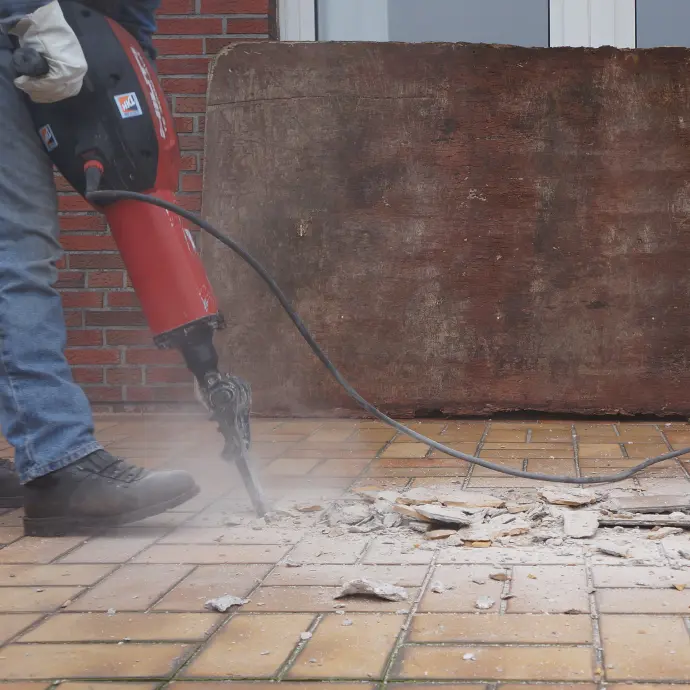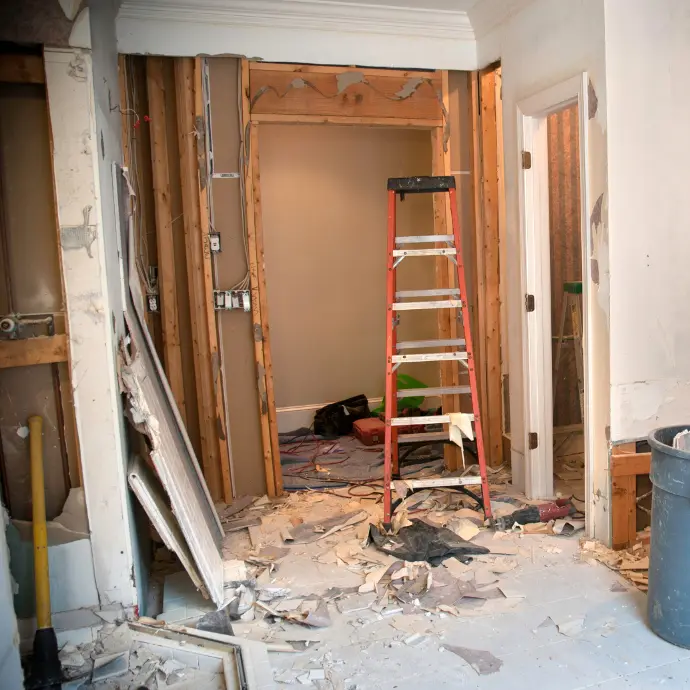1. Interior Demolition:
- This involves the removal of interior parts of a building while preserving the exterior, often in preparation for a renovation project. It can include the removal of walls, ceilings, flooring, and fixtures.
2. Selective Demolition:
- This is the process of removing specific interior or exterior portions of a building while minimizing damage to other structures. This can include removing a specific wall, a staircase, or even a part of the roof.
3. Complete Demolition:
- This involves the complete removal of a building or structure. It is often done to make way for new construction.
4. Deconstruction:
- This is a more environmentally friendly alternative to complete demolition. It involves carefully dismantling a building in order to salvage as much of the materials as possible for reuse.
5. Asbestos Abatement:
- If a building was built or renovated before the 1980s, it might contain asbestos. Specialized contractors are needed to safely remove and dispose of this material.
6. Lead-Based Paint Removal:
- Similar to asbestos, older buildings might contain lead-based paint, which is also hazardous. Special procedures are required for its removal and disposal.
7. Mold Remediation:
- If a building has been exposed to water damage, it might require mold remediation before other demolition or renovation work can proceed.
8. Mechanical Demolition
- This involves the use of heavy machinery like bulldozers, cranes, and wrecking balls to demolish a structure. It's often used for larger commercial buildings.
Let's Connect
Get in touch with your customers to provide them with better service.

